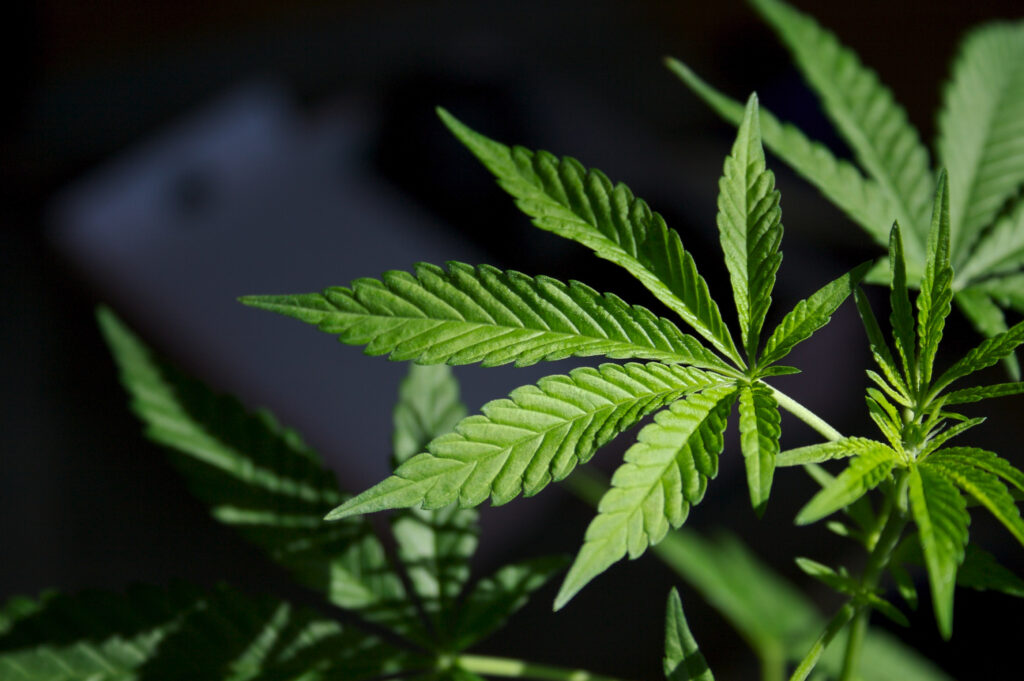The endocannabinoid system is one of the most widespread systems in the human body. It is involved in a large number of different processes and functions, ranging from regulating our appetite to balancing our mood or modulating our perception of pain. The endocannabinoid system is activated by chemicals called endocannabinoids.
The endocannabinoid system is the subject of quite a lot of research. Because of its widespread influence on the body, there are a large number of reasons that one might want to keep their endocannabinoid system in good health.
This article will explain everything that you need to know about the endocannabinoid system.
What Is the Endocannabinoid System?
The endocannabinoid system, or ECS, is a far-reaching neurotransmitter system. All mammals have an ECS. It is one of the most important components of the mammalian body.
The endocannabinoid system was discovered relatively recently in the early 1990s by researchers who were studying the effects of THC. THC is quite possibly the most well-known cannabinoid that has been popularized due to its presence in marijuana. The endocannabinoid system was actually named after this due to its ability to respond to the influence of cannabinoids.
The ECS is involved in a huge number of different bodily functions. It helps to regulate pain, manage appetite, and balance our moods. It’s an important system for the maintenance and regulation of physical, cognitive, and emotional health.
Endocannabinoids and Cannabinoids
The ECS is a highly complex network of nerves. Substances called endocannabinoids activate or influence the endocannabinoid system. Endocannabinoids are produced by the human body and are similar to the cannabinoids found in nature, such as those in the cannabis plant (including CBD and THC).

There are two major endocannabinoids that researchers have identified: anandamide and 2-arachidonoylglyerol. These two components help to regulate and ensure the proper functioning of the endocannabinoid system. They do their job by influencing receptors.
Cannabinoid Receptors
Endocannabinoids activate certain sites in the ECS that are called receptors. These receptors influence nerve signaling. The interactions between these endocannabinoids and the receptors are what allows the system to produce different results depending on circumstance.
The two major receptors in the endocannabinoid system are called the CB1 and CB2 receptors.
CB1 receptors are generally found in the central nervous system. CB2 receptors are found in the peripheral nervous system and can be found, for example, on immune cells.
Endocannabinoids and cannabinoids bind to these receptors to signal that action is needed by the endocannabinoid system. The result of a cannabinoid binding to a receptor can vary significantly depending on which type of receptor is being bound, as well as where it’s located in the body.
Enzymes
Enzymes are an important component of the endocannabinoid system because they help to break down endocannabinoids. This prevents them from constantly bombarding the receptor sites in the ECS.
Fatty acid amide hydrolase is an enzyme that breaks down anandamide. Monoacylglycerol acid lipase breaks down the other endocannabinoid, 2-arachidonoylglyerol.
Why Do We Have an Endocannabinoid System?
The endocannabinoid system is hugely important for all mammals. It plays a wide variety of different functions. While researchers don’t entirely understand what it is or how it works, they do know that it’s involved in a large number of different processes.
Here are a few examples of different things that have been linked to the endocannabinoid system.
- Appetite and digestive health
- The perception of pain
- Metabolism
- Inflammation and immune response
- Mood and emotional regulation
- Cognitive health (including the ability to learn and remember)
- Sleep and relaxation
- Control of motor functions
- The maintenance and regulation of the heart and cardiovascular system
- The development of muscles and bones
- The health of the reproductive system
- Stress response
- The function of the nervous system
Altogether, these functions are all important for bringing the body into a state of balance. The body constantly strives to achieve this balance, also referred to as homeostasis. Thus, the ECS can be considered one of the most important systems for helping the body maintain homeostasis.
Cannabinoids and the ECS in Nature
The endocannabinoid system was not actually identified until after researchers became familiar with a number of cannabinoids found in nature. The primary source of cannabinoids for research has been from the aptly-named plant cannabis.
Cannabis is a rich source of various cannabinoids. Their interaction with the human body is what led researchers to discover the endocannabinoid system and its various functions. Research is still young, but marijuana and the cannabinoids that it produces has been instrumental in helping to spearhead the leading research on the ECS.
THC
THC is one of the first cannabinoids that was ever studied. Its primary source is marijuana. It is known for being the most prominent cannabinoid found in the plant, and it’s chiefly responsible for the intoxicating effects that marijuana is known for.
Despite its intoxicating properties, THC is also well-known for its numerous medicinal benefits. It helps to regulate pain, restore appetite, and balance mood. It can also be fantastic for helping to fight inflammation.
The wide range of benefits attributed to THC are largely due to its interaction with the endocannabinoid system. It binds directly to receptors in the ECS, thus causing a strong response from the ECS. Since the ECS seems to function mostly to bring the body into balance, THC can also help to restore balance.
CBD
CBD is another cannabinoid found in marijuana. It wasn’t until relatively recently that researchers began to focus on the use and benefits of CBD. However, when it was discovered that CBD can produce many of the same medicinal benefits as THC without causing intoxication, its popularity exploded.
CBD works a little bit differently in the body than THC. Instead of binding directly to the receptors in the ECS, it affects them indirectly.
One way that researchers speculate that it does this is by inhibiting the breakdown of endocannabinoids like anandamide. This means that your endocannabinoids can continue to activate the receptors in the ECS before they’re broken down by various enzymes.
Some researchers also speculate that CBD activates a receptor that researchers haven’t yet identified.
No matter what the case, it’s certain that CBD can provide almost all of the benefits that THC can provide without causing users to get high. CBD helps to reduce pain and inflammation, can restore appetite, and can promote relaxation. It helps to reduce stress and anxiety and can be a great tool for people who want to develop a healthier lifestyle.
The Endocannabinoid System in Animals

All mammals also have an endocannabinoid system. Researchers believe that it plays a similar function in animals as it does in humans. In other words, it exists to help maintain balance among the various systems found in living organisms.
Due to the presence of an endocannabinoid system, mammals can also benefit from the use of CBD and THC. While the ethics of giving an animal THC are hotly debated, most agree that providing an animal with CBD for medicinal purposes is reasonable.
The benefits that animals can enjoy are similar to those that humans experience when using cannabinoids: reduced pain and inflammation, increased relaxation, diminished anxiety and stress, and so on.
Final Thoughts on the Endocannabinoid System
The endocannabinoid system is one of the most important systems, not just in human beings but in other mammals as well. It plays a role in a huge number of functions and researchers believe that its overarching role is to help the body maintain a state of homeostasis.
Using cannabinoids found in nature, such as CBD and THC, can help to restore the endocannabinoid system to good health and provide numerous benefits. If you’re interested in exploring the effects of the ECS, you may be interested in trying out CBD.





